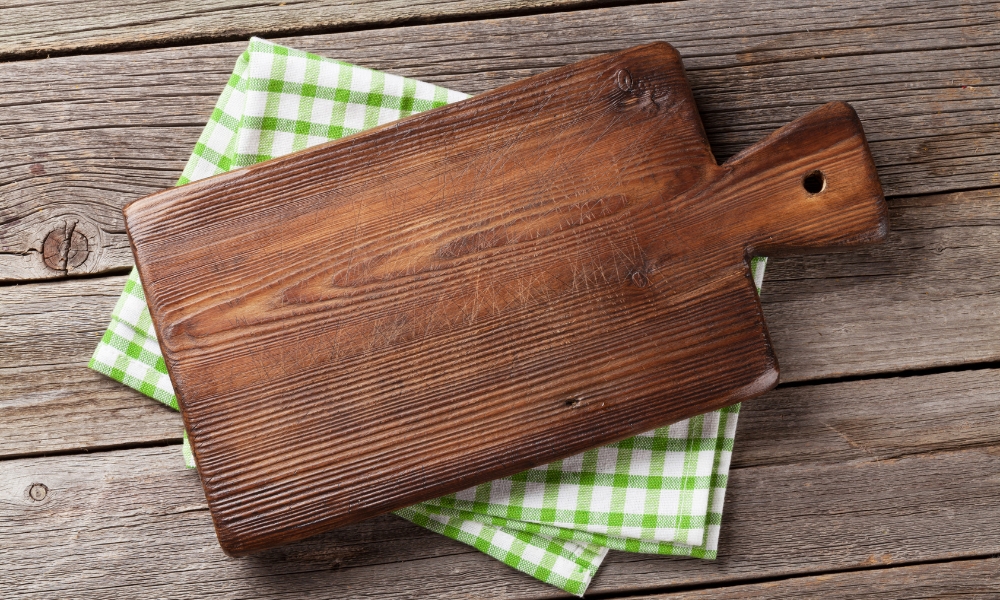Keeping your kitchen tools in pristine condition is crucial, and knowing how to clean a teak cutting board properly ensures its longevity and safety. Teak is a durable, water-resistant wood that can withstand frequent use, but it requires specific care to maintain its natural beauty and functionality. In this guide, we’ll walk you through the best practices for cleaning and maintaining your teak cutting board, including tips on removing stains, preventing warping, and ensuring a hygienic surface for food preparation. By following these steps, you can keep your teak cutting board looking new and performing at its best for years to come.
What Makes Teak Unique?
Teak wood is renowned for its exceptional durability and natural resistance to moisture, which makes it an ideal material for cutting boards. Its dense grain and high oil content not only enhance its longevity but also provide a natural defense against bacteria and water damage. These properties set teak apart from other woods, ensuring that your cutting board remains in excellent condition even with frequent use. The rich, warm color of teak also adds a touch of elegance to your kitchen, making it. A practical and aesthetically pleasing choice for your culinary needs.
Benefits Of Using Teak For Cutting Boards
Using a teak cutting board comes with numerous benefits. Firstly, its hardness makes it highly resistant to scratches and dents, preserving the board’s surface and keeping it smooth for longer periods. Secondly, the natural oils in teak act as a barrier against moisture, preventing the wood from drying out and cracking. This moisture resistance also means that teak Cut Dry Erase Board are less prone to warping and splitting, common issues with other types of wood. Additionally, teak’s antibacterial properties contribute to a safer food preparation environment, reducing the risk of contamination.
Materials Needed:
- Mild Dish Soap
- Warm Water
- Sponge Or Soft Brush
- White Vinegar
- Lemon And Salt
- Mineral Oil Or Cutting Board Oil
- Clean Cloth Or Paper Towels
Cleaning Process:
1. Immediate Cleaning After Use
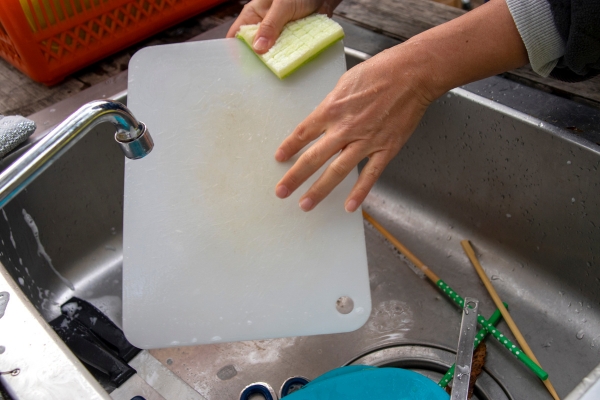
To maintain your teak cutting board’s quality, it’s important to clean it immediately after each use. Start by scraping off any food residue with a scraper or a damp cloth. Avoid using metal utensils that might scratch the surface. Prompt cleaning prevents stains from setting in and minimizes the absorption of liquids, which can damage the wood over time.
2. Wash With Soap
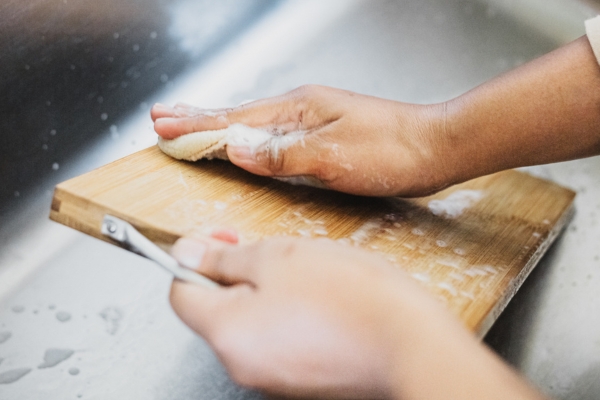
After removing food particles, wash the cutting board with mild dish soap and warm water. Use a soft sponge or cloth to gently scrub the surface, ensuring you clean all areas thoroughly. Avoid submerging the board in water or using harsh detergents, as these can strip the wood of its natural oils and cause it to dry out. Once cleaned, rinse the board with clean water and pat it dry with a towel. To keep your teak cutting board in optimal condition, it’s also advisable to apply a food-safe mineral oil periodically. Which helps to replenish the wood’s natural oils and maintain its moisture resistance.
3. Use White Vinegar

White vinegar is a natural cleaning agent that effectively removes stains and disinfects your teak cutting board. Dilute white vinegar with water in equal parts and use a cloth or sponge to scrub the surface of the board. Rinse thoroughly with water afterward and dry it with a towel.
4. Use Lemon And Salt
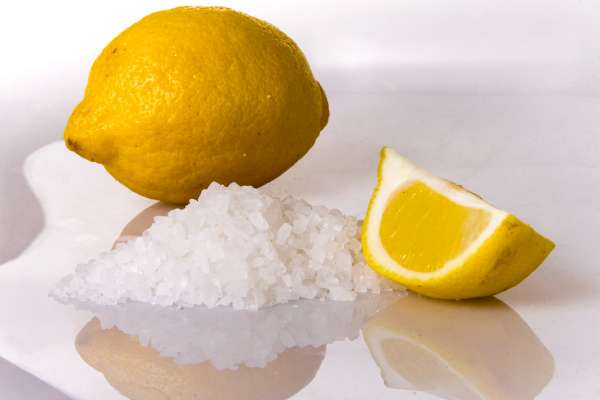
A mixture of lemon juice and salt can help to eliminate odors and sanitize your teak cutting board. Sprinkle salt over the board, then rub it with half a lemon. The acidity of the lemon combined with the abrasive action of salt helps to remove stains and kill bacteria. Rinse the board with water and dry it thoroughly.
5. Use Hydrogen Peroxide
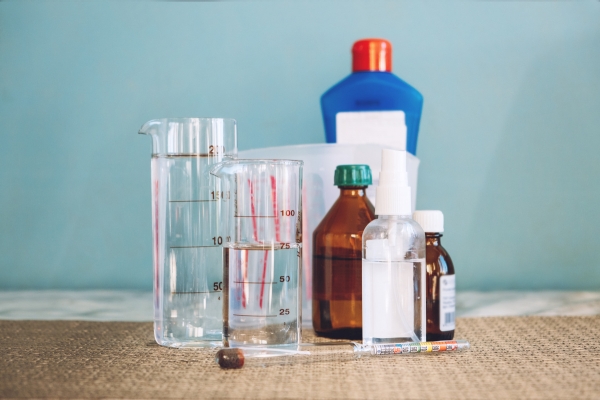
Hydrogen peroxide is another effective disinfectant for cleaning teak cutting boards. Apply hydrogen peroxide directly to the surface of the board and let it sit for a few minutes to kill any bacteria. Rinse the board with water and dry it well before storing.
6. Use Cloth Or Paper Towels
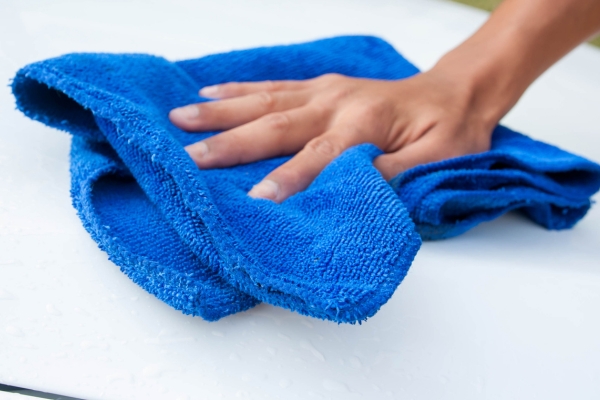
After cleaning your teak cutting board, always dry it thoroughly with a clean cloth or paper towels to prevent moisture buildup and the growth of mold and bacteria.
Can You Put A Teak Cutting Board In The Dishwasher?
It is not recommended to put a teak cutting board in the dishwasher. The high heat and harsh detergents used in dishwashers can strip the wood of its natural oils and cause it to warp or crack over time. Hand washing with mild soap and water is the best way to clean and maintain a teak cutting board.
What To Do If Your Board Smells Bad?
If your teak cutting board develops a bad odor, try cleaning it with white vinegar, lemon juice, or a baking soda paste. These natural deodorizers can help to neutralize unpleasant smells and leave your cutting board smelling fresh.
Conclusion
Proper cleaning and maintenance are essential for preserving the beauty and functionality of your teak cutting board. By following the cleaning processes outlined above and avoiding harsh chemicals and excessive moisture. You can ensure that your cutting board remains in excellent condition for years to come. With regular care, your teak cutting board will continue to provide a safe and hygienic surface for all your food preparation needs.
